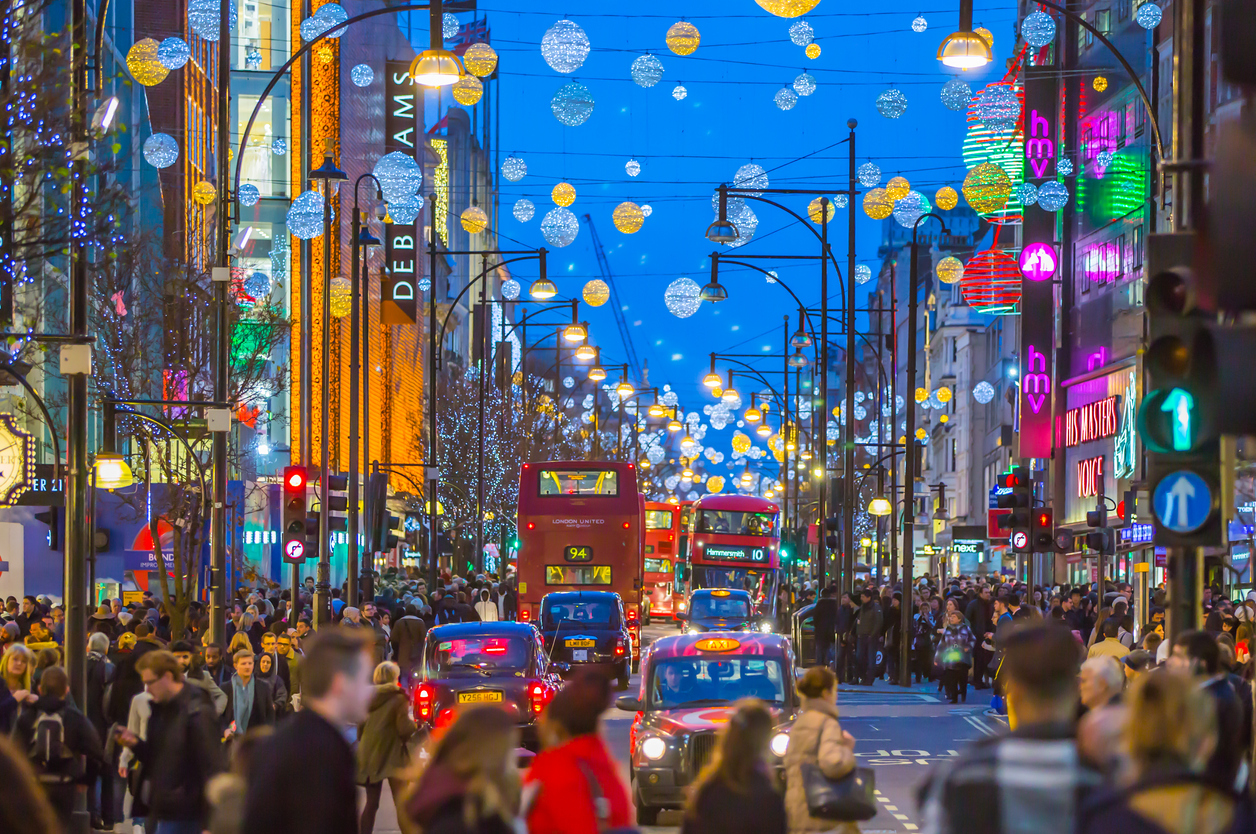Can 'Slow Shopping' Save You Money This Holiday Season?
The holiday season may be the most wonderful time of the year, but it’s also one of the most expensive. Amid the barrage of Black Friday emails and social media influencers touting sales, shoppers are often pressured to buy fast, fearing they’ll miss out on the best deals. However, this urgency can lead to overspending and unnecessary purchases. Enter “slow shopping,” a mindful approach gaining traction as a way to avoid financial pitfalls during the festive frenzy.
What Is Slow Shopping?
Slow shopping is the antithesis of impulse buying. Instead of rushing to capitalize on a sale, it encourages deliberate, thoughtful purchasing. Andrea Woroch, a consumer savings expert, explains that slow shopping “promotes the importance of taking time to think through each purchase to make more mindful buying decisions.”
At its core, slow shopping involves pausing to assess the necessity, quality, and cost of an item before committing to the purchase. A simple yet effective method is to add items to an online shopping cart and wait 24 hours before buying. This waiting period allows time to reflect on whether the item is truly needed, find better prices, or uncover discounts.
Can Slow Shopping Help You Save?
Slow shopping can be a game-changer for your spending habits, helping you avoid wasteful purchases and focus on what you genuinely need. Shoppers adopting this practice often report benefits such as purchasing only what they truly want, conducting research to compare options, and taking advantage of promotions.
Moreover, slow shopping creates a buffer to let the initial emotions of excitement fade. Woroch explains:
“When you give yourself time to move past an emotion or allow yourself time to reassess your need or desire without the worry of missing a deal, you can make a more level-headed buying decision. Oftentimes, this will mean dodging an impulse purchase.”
In addition, slow shopping allows time to save up for big-ticket items, ensuring that purchases are financially feasible.
Are There Downsides to Slow Shopping?
While slow shopping has its merits, it’s not without drawbacks. For one, the approach can lead to overanalyzing purchases, consuming time and energy. This hesitation might also result in missing out on limited-time offers.
Woroch highlights scenarios where slow shopping may not work, such as buying popular holiday gifts that are likely to sell out. “Typically the hottest toys aren’t going to be discounted for more than 30% during the holiday season, so if you find a good sale, you might want to get the item so it doesn’t sell out.” Shipping delays are another risk when waiting too long to finalize purchases.
Additional Tips to Save This Holiday Season
While slow shopping is a great tool, other strategies can further stretch your budget:
- Set a Budget: Determine how much you can afford to spend and stick to it to avoid financial strain.
- Make a List: Plan what to buy and for whom in advance. Sticking to this list can prevent impulse buys.
- Maximize Discounts: Combine sales with coupons, rewards programs, and cashback offers for additional savings.
By slowing down and shopping smart, you can enjoy the holidays without the stress of overspending. After all, thoughtful planning today can lead to financial peace tomorrow.














